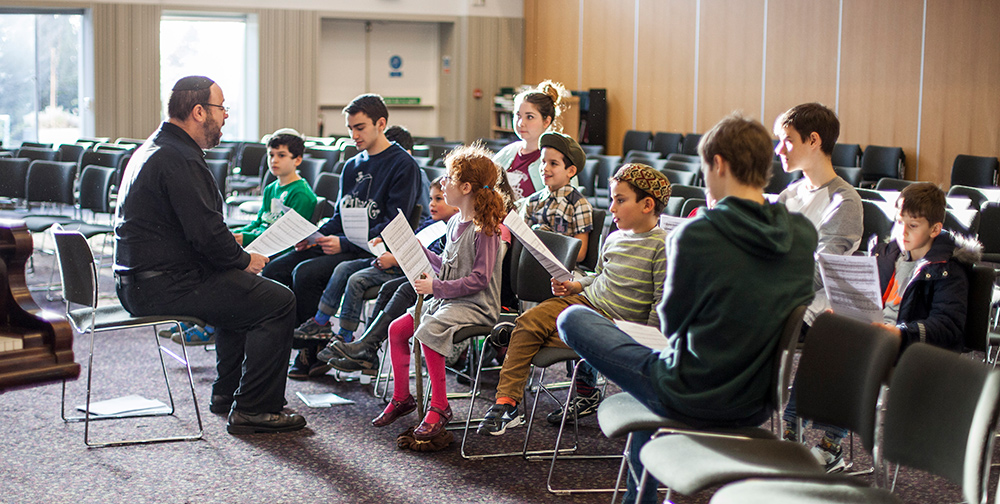What is a man? What is a woman?

In honour of International Women’s Day here are some vexing questions about gender: What is a man? What is a woman? What are the qualities that make a man manly, that make a woman womanly?
In the Western world, the crude stereotypes we start from are these: men are physically strong, women are gentle; men go out to work and provide for their families, women stay home and look after their children; men are practical, women are emotionally sensitive.
It doesn’t have to be this way. “The most important career choice you make is who you marry” advises Sheryl Sandberg one of the most successful women in the hi-tech world. Sandberg and her (now sadly deceased) husband, David Goldberg, had a shared earning/shared parenting arrangement, also called a peer marriage. They explicitly undertook to share equal responsibility for work both inside and outside the home. My husband David Boyd and I aspire to this kind of arrangement, but I hadn’t realised there was a name for it until I came to write this piece. Not only is the traditional Western family arrangement not compulsory, it is not even universal. In fact, something quite different was the case for the last few hundred years of European Jewish history, perhaps before then too, and to some extent still in the Haredi world today.
In Unheroic Conduct: The Rise of Heterosexuality and the Invention of the Jewish Man (1997) Daniel Boyarin writes about the construction of masculinity in the Jewish world from Rabbinic through to Medieval times. Whilst in much of Christian Europe (he doesn’t deal with Sepharad) the masculine ideal was the red-blooded soldier, the courtly lover, or even the monk, European Jews revered a different kind of man – the nerdy, indoorsy, scholarly type, who spent his days studying in the rabbinic seminary. Boyarin speaks of edelkeyt – a Yiddish concept which literally means “nobility” but which he explains can be offered as “a counter-ideal to many of the markers of the noble in romantic culture, in that its primary determinants…. were delicacy and gentleness, not bravery and courtliness.”
Jewish women desired just such a partner. Boyarin quotes from The Memoirs of Glikl of Hameln(1649-1724) who writes lovingly of her husband:
His modesty had no like, throughout his life he never once gave thought to holding public office; on the contrary, he would not so much as hear of it, and he was wont to laugh at people who hankered after such things. In brief, he was the perfect pattern of a pious Jew, as were his father and brothers.
Even among the great rabbis, I know but few who prayed with his fervour. If he were praying in his room, and someone came to fetch him forth where something could be bought up cheap, neither I nor any servant in my whole house would have the heart to go to him and speak of it. Indeed, he once missed a bargain in this way, to the loss of several hundred thalers. He never regarded these things, but served God faithfully and called upon Him with diligence; and He repaid him for all, two and threefold over. A man so meek and patient as my beloved husband will not be found again. All that he had to contend with and often, from friends and strangers, he bore in patience.
Israel Salanter, the father of Mussar (a 19th century personal development movement focusing on ethical and spiritual growth) idealised the kind of man who possessed deep emotional sensitivity, manifesting as “constant concern and care” for others. Compare this with Freud, a product of a more cosmopolitan culture only a generation later who privileged a more familiar (to us) macho Western ideal of masculinity made up of “above all the autonomy and independence of the great man, his divine unconcern which may grow into ruthlessness.”
Boyarin makes a very fascinating point about gender stereotypes among German Jews in Freud’s day.
As significant as the different gendering of Jewish men was, so was there a significant difference in the gendering of Jewish women. While the men were sitting indoors and studying Torah, speaking only a Jewish language and withdrawn from the world, women of the same class were speaking, reading and writing the vernacular, maintaining businesses large and small, and dealing with the wide world of tax collectors and irate customers. In short, they were engaged in what must have seemed to many in the larger culture as masculine activities, and if the men were read as sissies, the women were read often enough as phallic monsters.
Gender is not inevitable. We learn how to be men and women. As Boyarin demonstrates, there is a story to be told about traditional Jewish (admittedly Western European) marital arrangements which is largely at odds with a more recent, bourgeois model. I hope that we are evolving towards an age of true partnership between men and women, and true equality of opportunity, one that American Jewish artist and poet, Judy Chicago vividly imagines anticipates, declaring “And then both men and women will be gentle / And then both women and men will be strong”. A time “when all will be rich and free and varied.”
Zahavit Shalev is the Rabbi’s Assistant at New North London Synagogue and rabbinic student at Leo Baeck College.




